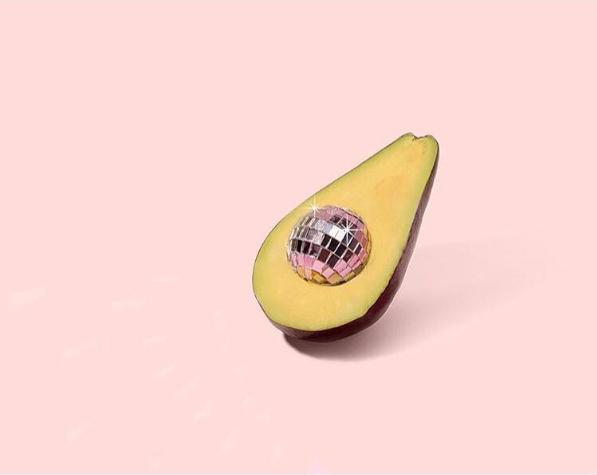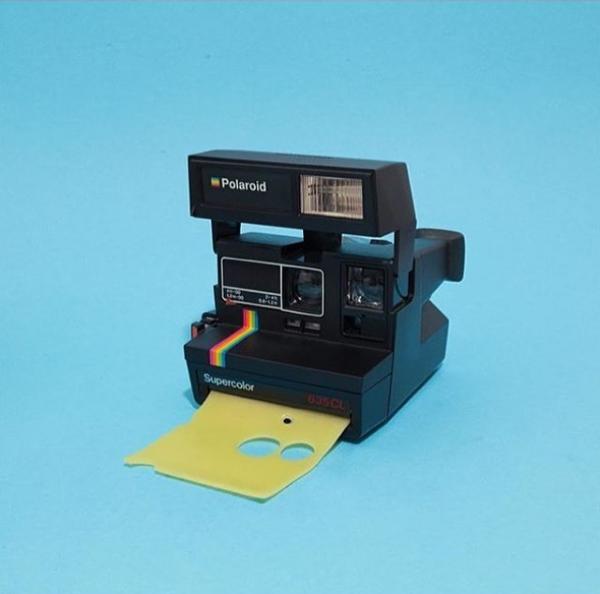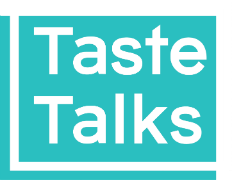Real Talk is our weekly series about the peaks, pitfalls, and perils of the food world. Every week, we’re taking you to the heart of food’s most glamorous (and difficult) projects with the help of our content partner MOO , whose products are all about making dream hustles into beautiful realities ( click here for 20% off your next order!)
From pop-up dinners to pop-tart marketing, hyper-local restaurants to global food empires, this is your peek behind the curtains of food & drink’s dreamiest initiatives and get—you guessed it—the real talk. This week, we delve deep into the world of MOLD, th e food design editorial platform known started in 2013 which covers the processes, materials and systems that will define our food futures, from innovations in slow tools for young farmers to the process of packaging martinis in tins (AKA mar-tin-is). Their content is refreshing, unexpected, and undeniably futuristic.
We spoke with the founder and editor of MOLD, LinYee Yuan, about the inspiration for the unique publication, and about the change they aim to affect in the food industry. If the name “MOLD” isn’t a hint that the website is unconventional in regards to typical culinary standards, their editorial mission certainly is.
As told to Anna Buckley
_____________________________
I really wanted to think of a name that was a bit anti-food. I feel like food should be provocative—food is an emotional, vital thing, but I think a lot of food editorial right now treats it in a precious way. We should be talking about food in a real way. Mold is typically understood as an enemy of food, but the reality is that it can be a transformative thing for food.”
People have had a really strong reaction to our Instagram account. The above-angle shot of a table carefully curated with different food dishes is a sight that has become so common on Instagram, so I think people are really excited to see food being presented in more surprising and delightful ways. We’re constantly exploring the relationship between design and food, such as what kind of role design can play in the food industry in terms of production, preparation, and mass distribution.
 Photo via MOLD
Photo via MOLD
There’s a coming food crisis. By the year 2050, the United Nations has predicted that there will be more people on this earth than we can physically feed. So my vision is that designers are very uniquely positioned to be creative problem solvers—design has a role to play in feeding us in the future, and helping us define the forms, the systems, and the relationship we have with our food in the years to come. Design has a very central role in talking about these things.
This Spring, MOLD launched an editorial series entitled ” GROW ” which highlights new systems and technologies in agriculture innovation, which explores things like 3D ocean farming, probiotics promoting plant growth, and a movement for the design of scalable equipment for independent farmers.
 Photo via MOLD
Photo via MOLD
We really believe in the power of designers to redefine and reshape the food industry, but the role of the consumer is just as important. From the snack industry, which is subsidized by the government, to the wasteful and environmentally damaging packaging that is prevalent in distribution of food, there are countless fights to be fought by concerned customer.
I think the real question is, “What do consumers want from the food industry in years to come?” The food industry, especially in the United States, is not set up to be agile. It’s not set up to shift with the times. But as consumers, what we can do is advocate for more efficient systems of farming, we can advocate for healthier and more nutritious foodstuffs, and we can advocate for more transparency about where our food comes from and how it’s being processed and preserved.












